Composting at home
Home composting is fun!
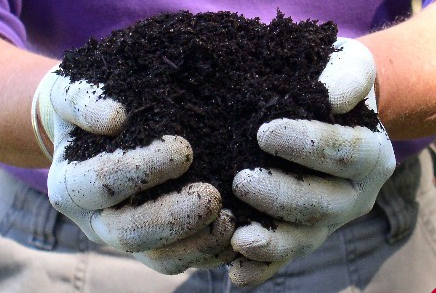
Home Composting
There are several options for composting at home. All create compost. The best system depends on what works well for your needs, location and lifestyle. The basic systems are 3 bin, static pile, tumbler, and worm bin. For the adventurous that want to try in-home composting, there are bokashi and cardboard box composting. These processes are popular in northern Asia and can be done inside the home. They take advantage of the warmth in the home for better winter performance.
The 3 Bin Method
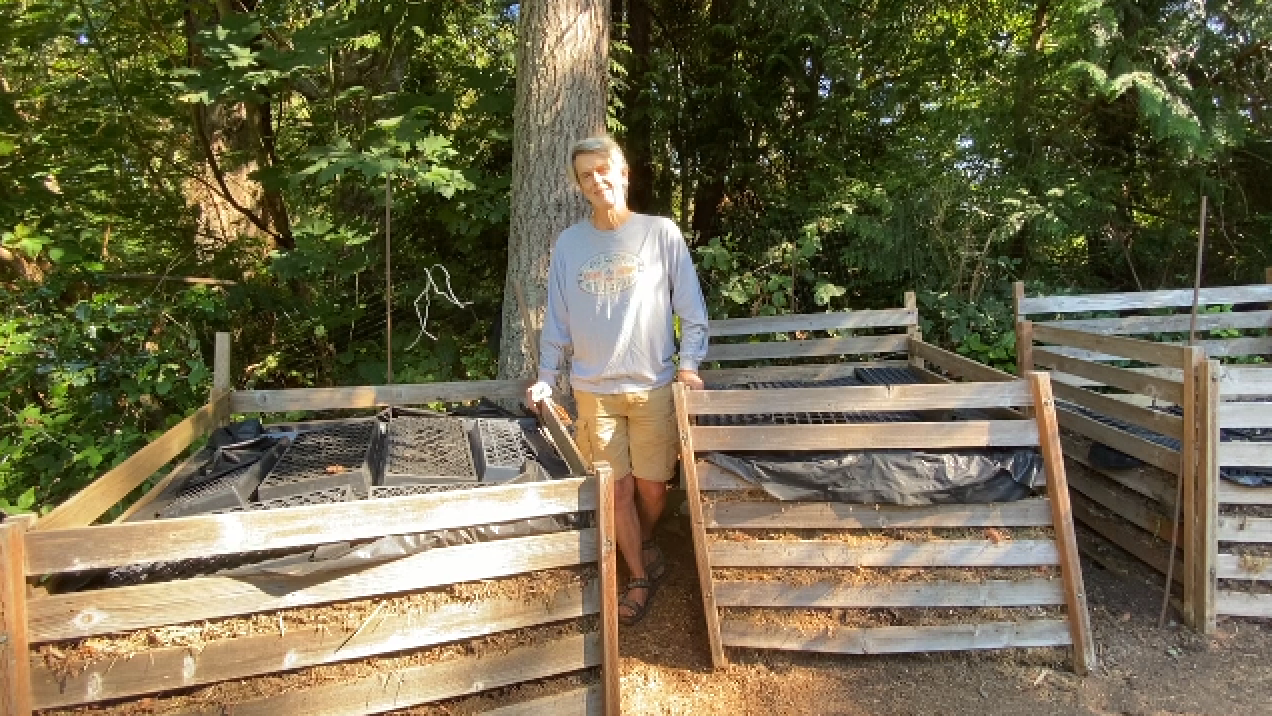 Composting materials are contained in a bin, a bay with sides, or any number of configurations to support the compost pile. The material is periodically turned over into a second bin for aeration and can be accessed from an open side or door for loading and unloading. After the compost has finished baking it is mostly complete. Then the contents of the second bin are turned over once more into a third bin for completing the process. This process can take from 6 to 10 weeks in summer depending on the mix. Adding some chicken, rabbit or goat pen bedding can help accelerate the process.
Composting materials are contained in a bin, a bay with sides, or any number of configurations to support the compost pile. The material is periodically turned over into a second bin for aeration and can be accessed from an open side or door for loading and unloading. After the compost has finished baking it is mostly complete. Then the contents of the second bin are turned over once more into a third bin for completing the process. This process can take from 6 to 10 weeks in summer depending on the mix. Adding some chicken, rabbit or goat pen bedding can help accelerate the process.
Static Pile
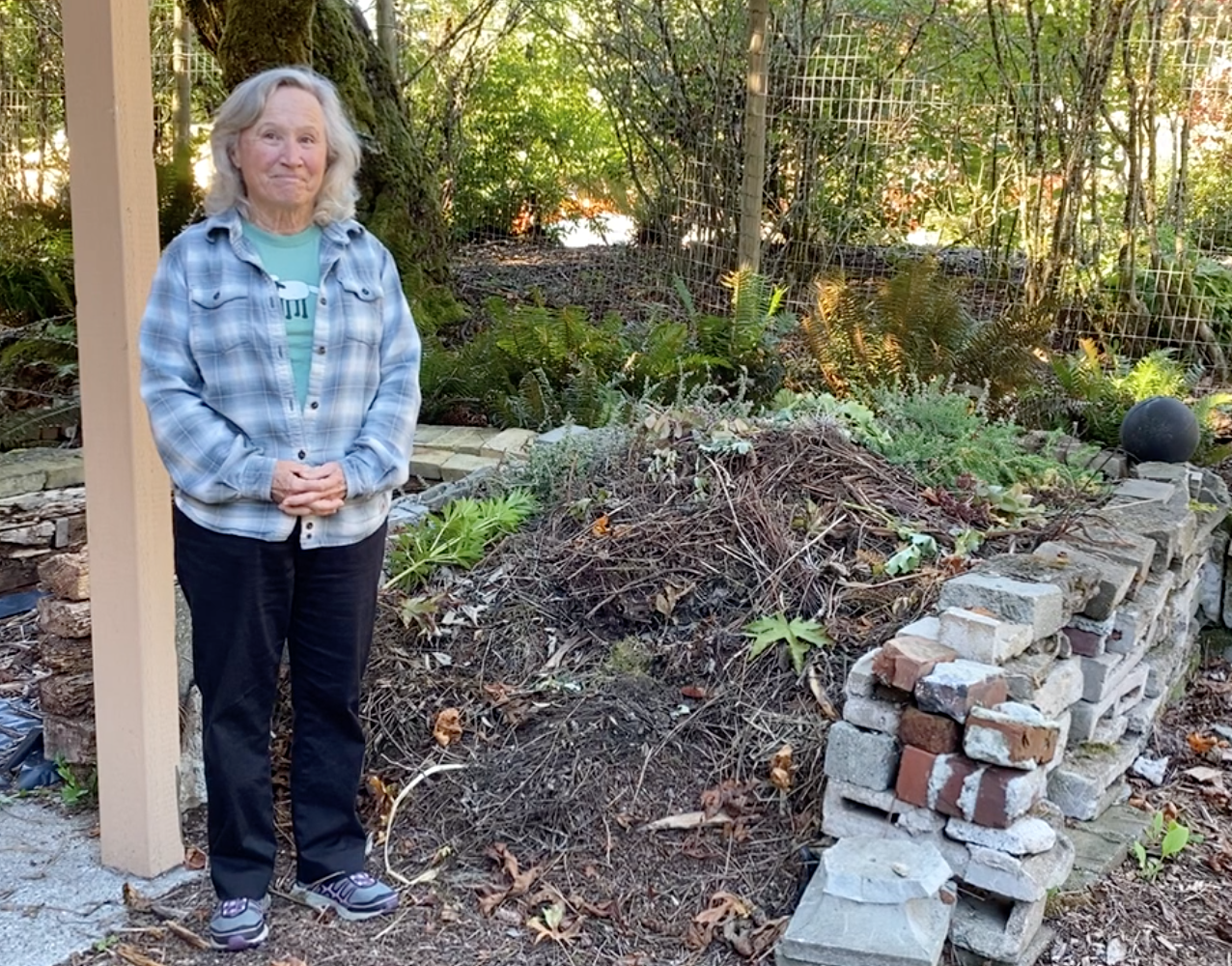 There are a number of ways to do static pile composting. The simplest is to just gather yard waste, chop or chip it down, then pile it up and water the pile occasionally. A tarp can be put over the pile to retain moisture better. If possible, turn it over once in about 3 months. In about 6 months to a year most of the pile will have turned into a dark, humus-filled compost. A more sophisticated method is to use a bin in which to add the ingredients necessary to make good compost, 2 parts green, 1 part brown, alternately layered. The bin can be as simple as 4 pallets wire-tied together. There are also commercial bins made of plastic or metal. Fill the bin to the top, water down the pile, and cover the top with straw or a lid. You can add kitchen vegetable waste to this by digging down into the pile a foot or so, pushing the layers aside to make a hole, and dumping the kitchen compost into it. Then pull back the layers over the kitchen scraps.
There are a number of ways to do static pile composting. The simplest is to just gather yard waste, chop or chip it down, then pile it up and water the pile occasionally. A tarp can be put over the pile to retain moisture better. If possible, turn it over once in about 3 months. In about 6 months to a year most of the pile will have turned into a dark, humus-filled compost. A more sophisticated method is to use a bin in which to add the ingredients necessary to make good compost, 2 parts green, 1 part brown, alternately layered. The bin can be as simple as 4 pallets wire-tied together. There are also commercial bins made of plastic or metal. Fill the bin to the top, water down the pile, and cover the top with straw or a lid. You can add kitchen vegetable waste to this by digging down into the pile a foot or so, pushing the layers aside to make a hole, and dumping the kitchen compost into it. Then pull back the layers over the kitchen scraps.
Tumblers
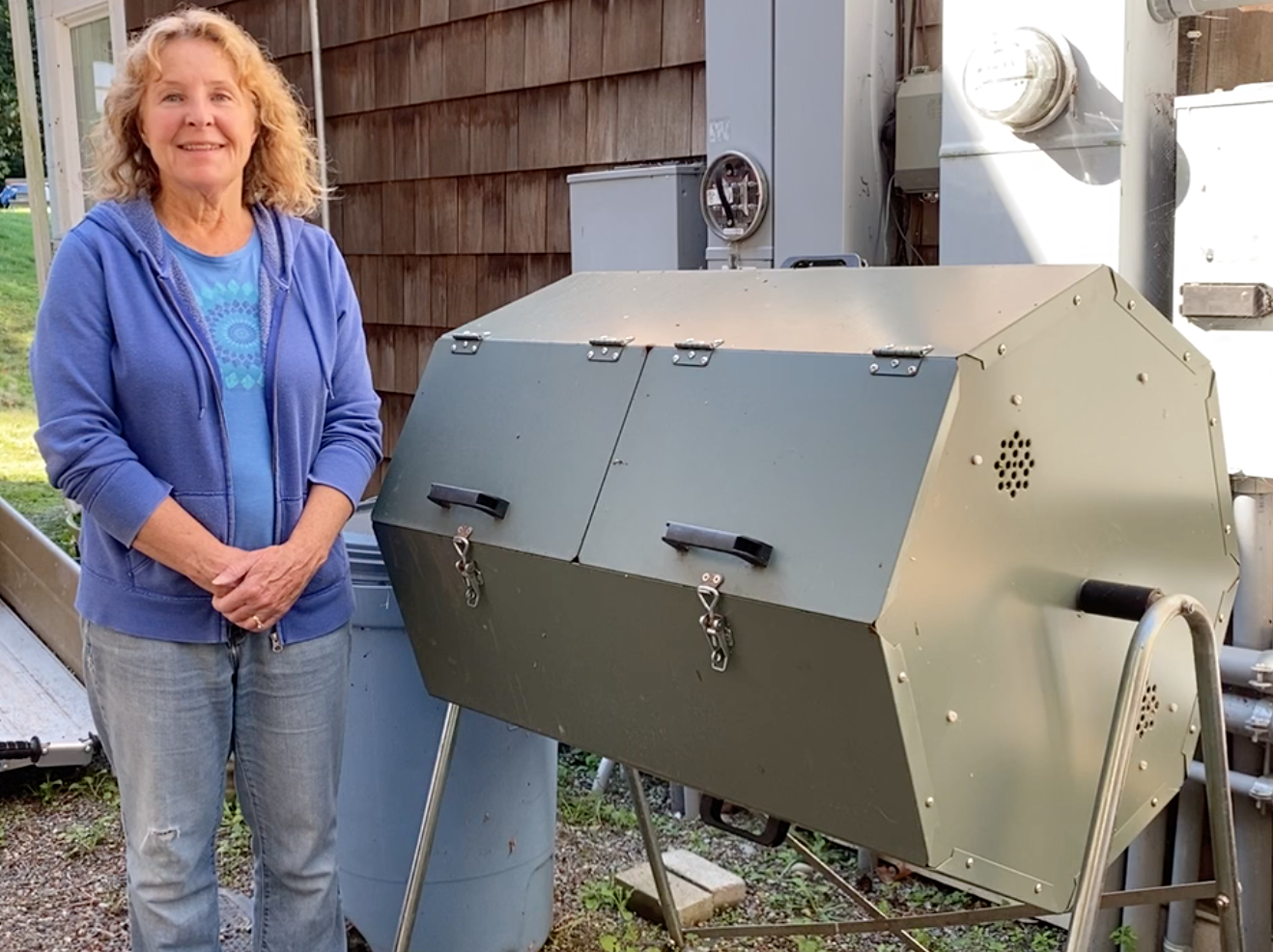 There are several commercially available composters that work by tumbling a barrel filled with the compostables. The tumbling action aerates and mixes the pile inside. These are ideal for batch processing, but can also be used as an add a bit at a time system if there are 2 chambers. If adding kitchen scraps, one needs to add some browns like dried leaves, sawdust, wood chips, shredded paper, or cardboard. When one side is full, leave it there to continue to break down and start over on the other side. These systems hold moisture pretty well. If you are composting only yard waste it may only need to be watered once if at all. With kitchen scraps, it may not need any extra water. In about 6-8 weeks, the compost should be ready to use.
There are several commercially available composters that work by tumbling a barrel filled with the compostables. The tumbling action aerates and mixes the pile inside. These are ideal for batch processing, but can also be used as an add a bit at a time system if there are 2 chambers. If adding kitchen scraps, one needs to add some browns like dried leaves, sawdust, wood chips, shredded paper, or cardboard. When one side is full, leave it there to continue to break down and start over on the other side. These systems hold moisture pretty well. If you are composting only yard waste it may only need to be watered once if at all. With kitchen scraps, it may not need any extra water. In about 6-8 weeks, the compost should be ready to use.
Worm Bins
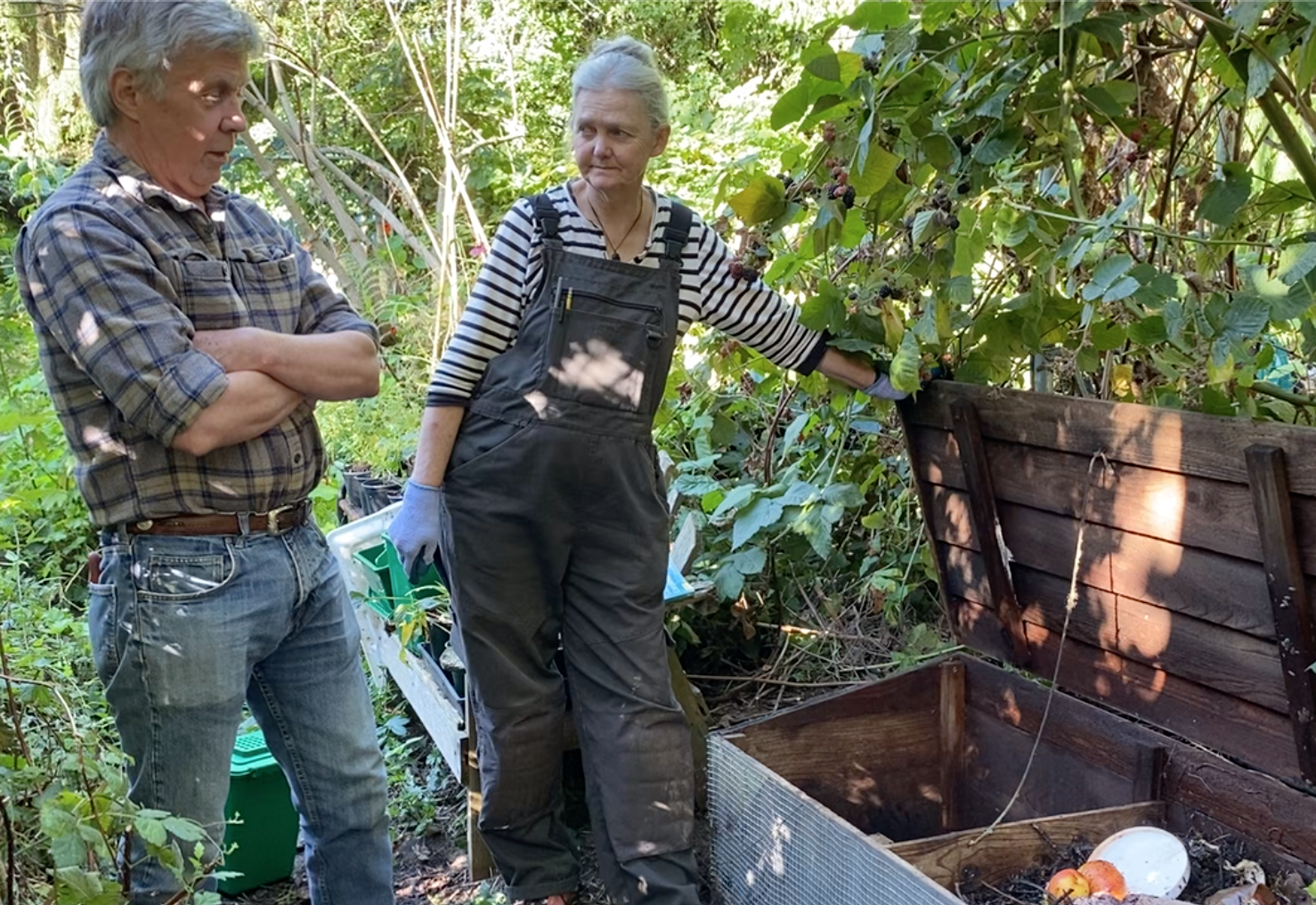 Worm Bins use red wriggler worms to break down food waste into compost. There are simple and sophisticated systems but they all require the basic need to make a good home for the worms. The bin should be out of the sun so that it doesn’t get too hot. They also need a safe place to go to if the temperatures drop below freezing. In some cases, if the pile has a good mix, it may generate enough warmth for them. In other cases, with an open-bottomed bin, they may dig down into the earth until things warm up again.
Worm Bins use red wriggler worms to break down food waste into compost. There are simple and sophisticated systems but they all require the basic need to make a good home for the worms. The bin should be out of the sun so that it doesn’t get too hot. They also need a safe place to go to if the temperatures drop below freezing. In some cases, if the pile has a good mix, it may generate enough warmth for them. In other cases, with an open-bottomed bin, they may dig down into the earth until things warm up again.
Easy Compost is a pamphlet put out by the Brooklyn Botanical Gardens that is chock full of good advice. It’s available through the library or at booksellers. Here’s a preview: Easy Compost
ZWV Backyard Composting Series
For more details, watch the ZWV Backyard Composting series.
Part 1 – Introduction to Composting and 3 Bin System
